Potted roses or groundgrown roses? Learn these hard facts that shed owners are reluctant to reveal.
Repotting rose cuttings from the ground depends on your region's climate and the seedling's growth rate. Roses are a relatively easy-to-transplant horticultural variety, but root growth varies depending on the soil environment and structure of the cutting site. Furthermore, in vast, high-altitude regions, frozen soil can form in winter. Depending on the relationship between the cutting site and the seedling's growth rate, overly thin cuttings or those transplanted too late can suffer frostbite on their roots and young leaves. The fundamental reason for this is that the rose's annual growth rate determines its frost resistance.
Well, the above single factor is not a necessary and sufficient condition. We will make a brief analysis below. First, let’s take a look at the growth characteristics of rose potted seedlings and ground-planted seedlings.
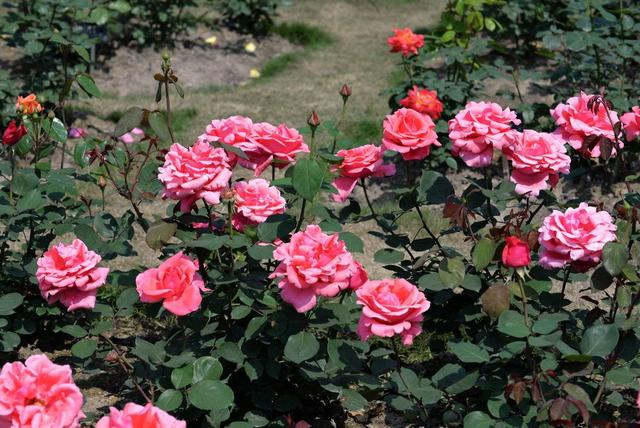
Growth characteristics of rose potted plants
Plant growth is influenced by both its own growth habits and external environmental factors. The main difference between potted and ground-grown plants lies in the changes in the root environment. These differences primarily include the formulation of the growing medium, the space available for root activity, and, in root-restricted growing environments, the moisture content of the medium.
Therefore, the following analysis only represents the majority of potted plants, not absolute relationships. In other words, potted plants don't necessarily grow less efficiently than those planted in the ground, and ground-planted plants don't necessarily grow more efficiently than potted plants. With this understanding in mind, let's briefly discuss growth characteristics.
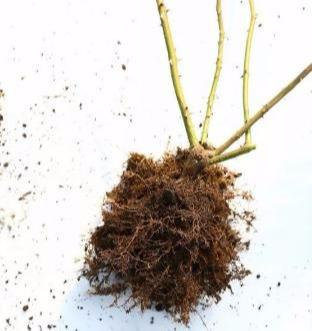
Potted seedlings
1. Root-limited cultivation, with short main roots, slender lateral roots, and the root system type is mainly fibrous root system, with frequent renewal and metabolism of fibrous roots.
a. The development of fibrous root system can improve the resistance of plants to stress during transplantation and make them easier to survive after transplantation. However, the accumulation of nutrients during growth itself is poor.
b. It is easy to age and degenerate, and will be metabolized in adverse environments. For example, if the potted plants have too much water, some of them will rot. They will also be metabolized in an overly dry environment, cold and frost, etc.
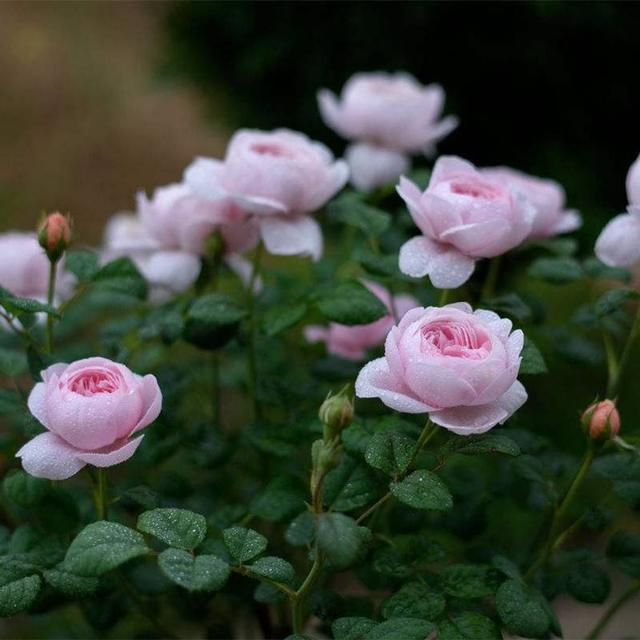
2. The growth of branches and trunks varies greatly depending on the water supply of potted plants.
a. When nutrients for potted plants can be continuously supplied, the branches of the plants will continue to grow and thicken. However, once a certain parameter, such as water or nutrients, changes, its growth will be restricted.
b. In most potted plants, the main trunk is prone to aging, the trunk is relatively thin, and the stem length is short.
c. For all gardening and crops under root-zone restricted cultivation techniques, a corresponding integrated water and fertilizer supply system is generally considered to be provided to ensure that the environment within the root zone is conducive to plant growth.
3. The advantage of vegetative growth is conducive to the differentiation of reproductive growth and the flower quality is more controllable
a. When the plant's nutritional growth is weak, the differentiation of flower buds on its branches is promoted.
b. It has strong flowering ability, with large number of flowers and small flowers.
c. The color and quality of the flowers can be achieved by adjusting the dryness and wetness of the potting soil and the type of fertilizer.
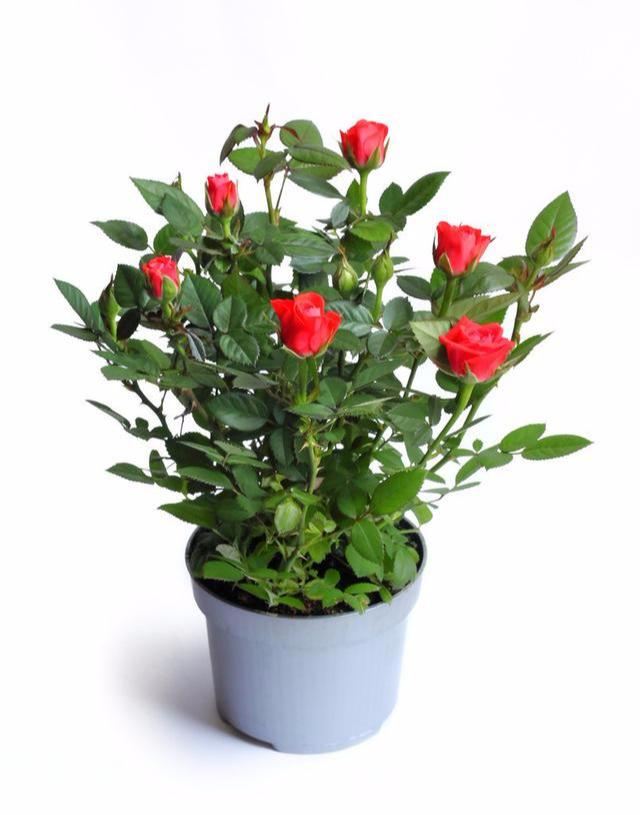
potted roses
Ground planting characteristics
Ground planting offers a more stable environment. Fertility and moisture levels vary widely from year to year, but cyclical variations are smaller. In normal years, extreme droughts and waterlogging are unlikely. For example, in monsoon climates (most regions fall within this range), rain and heat occur simultaneously. During the peak growing season, both moisture and heat promote plant growth. Furthermore, the diurnal temperature variation in the soil is small, which also benefits root growth.
Of course, unfavorable growing environments must be eliminated. For example, roses and other plants in the Rosaceae family are all sun-loving plants. If the land is shaded, their branch growth and flower quantity and quality will not be as good as in a long-day environment. Similarly, abnormally waterlogged or extremely arid land are also not conducive to their optimal growth. Therefore, under most growing conditions, they generally have the following characteristics.
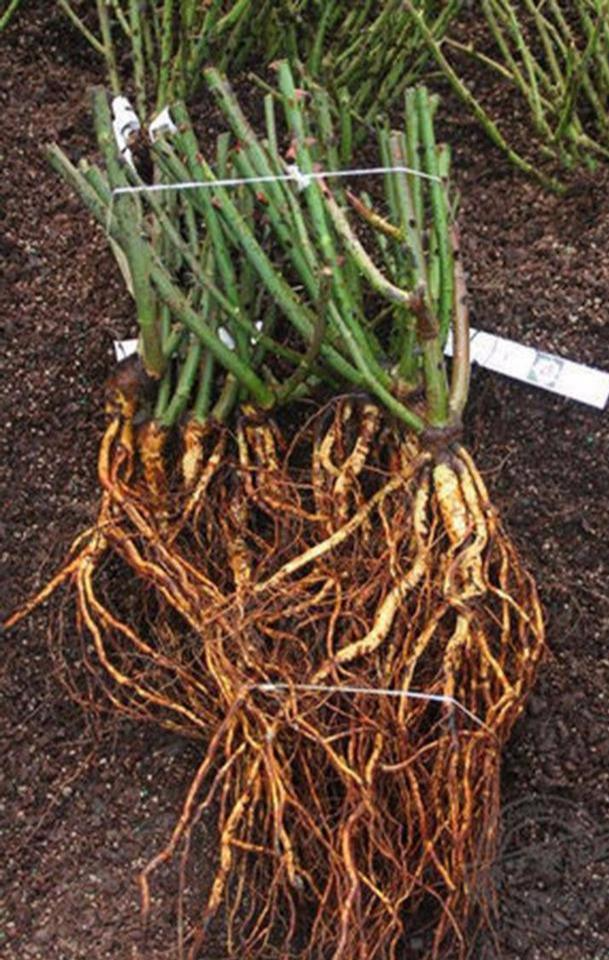
Ground-planted seedlings
1. The main root and lateral roots are well developed, and the root system type is taproot.
a. Erect root system, thick roots, well-developed lateral roots, strong support, high maturity, and strong adventitious root germination ability (therefore, most bare-root seedlings are ground-planted seedlings. During the transplanting process, strong pruning of the main root and lateral roots can promote the germination of adventitious roots)
b. Sufficient nutrient accumulation and strong resistance to cold and frost.
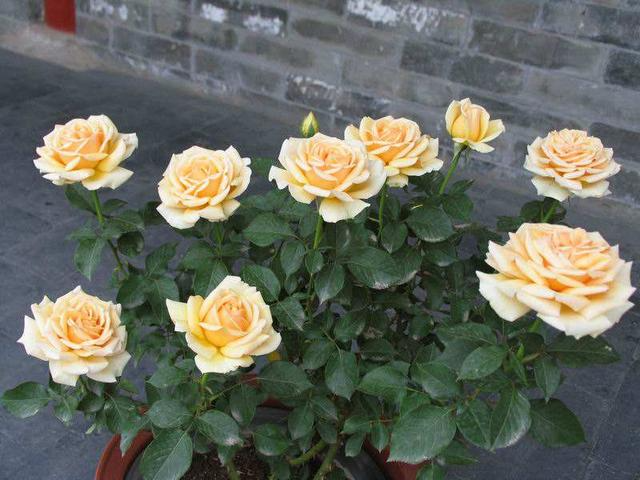
2. The branches are upright (of course there are differences between varieties), the branches are thick, the thorns are large and hard, and the buds are strong and powerful.
a. The advantageous soil environment and stable water and fertilizer supply make its nutritional growth advantageous.
b. Continuous pruning of short branches can quickly thicken the trunk.
c. The new buds sprout every year in a more uniform and robust manner, and there are very few extremely weak branches.
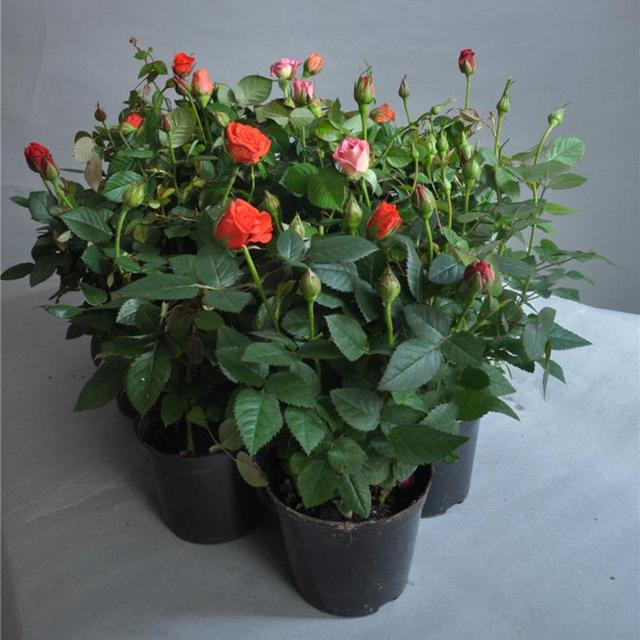
3. The branches develop quickly and the flower bud differentiation ability is strong, basically reaching the monthly red state (blooming every month).
a. Although the branches grow a lot, their development is not as good as that of potted plants or weak branches.
b. Generally, the branches are large, the pith is large, the thorns are large, the skin is green, and the frost resistance and stress resistance are still weak.
c. Such branches are not suitable for cuttings. They are easily dehydrated and the pith is susceptible to disease. The trunk of the surviving plant is not as thick as a thinner one.
d. For cuttings, the best thickness should be between 0.3-1cm. Cuttings that are too large or too small will be unstable.
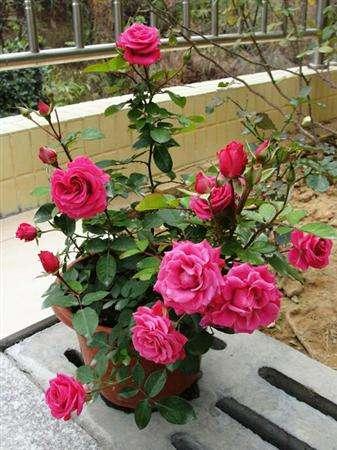
The ground-planted seedlings planted this year have a spring shoot growth of about 1.2m and an annual growth of about 1.5cm in thickness. The autumn shoot growth is about 30cm and the thickness is about 0.5cm. Some of the sprouting shoots pruned in autumn still have a well-developed flower bud on the top. In the winter pruning two days ago, all autumn shoots were removed, and spring shoots with a thickness of about 1cm were selected and cut into stems of about 10cm. They were stored in sand and rooted. They were propagated in pots in the spring. They were transplanted to nutrient pots when the new buds began to sprout. When the shoots grew to about 10cm, they were planted in the ground around April or May. Plenty of water and fertilizer were used to cultivate the main trunk. In good conditions, a batch of flowers can be obtained in the summer, depending on the development of the branches. Of course, this pruning was done by pinching back and thinning the main stem that sprouted in spring, leaving about 40cm above ground. This rose was planted the summer before last, and the base of the above-ground stem, just below the spring stem, was about 4cm thick. The trunk was dark brown, had aged well, and was very strong and resistant to cold, so I didn't consider cutting it too low. Generally speaking, 15-20cm to the ground is enough. (Of course, this also excludes tree-shaped roses that have been grafted high.)
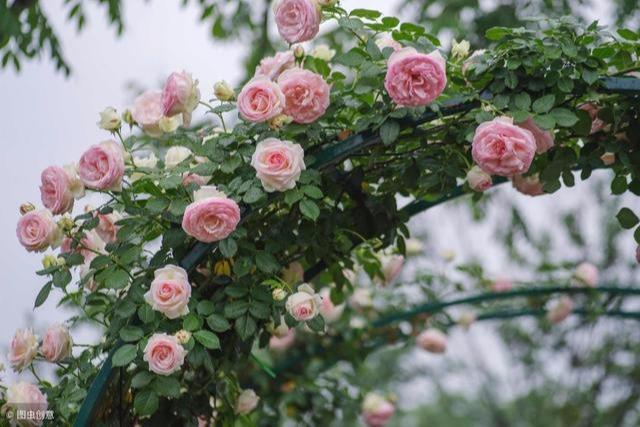
Ground-planted Longsha Gem Flower Arch
Potted or planted in the ground? Just be happy
After understanding the two growth states above, let's return to the topic itself. Whether to transplant or not, and excluding situations where it may not be suitable for growth, whether to plant it in a pot or in the ground is up to you. Although many flower lovers debate whether to plant it in a pot or in the ground, based on my personal experience, potting is slightly more tedious, while planting it in the ground is slightly less troublesome.
Aside from pest and disease control, ground planting is of course slightly better, but considering the variety, Chinese roses are slightly more resistant than most European roses. However, some rose varieties are relatively weak in resistance, especially to rain-borne diseases. They are quite sensitive to rain-borne diseases, which is quite troublesome during the hot and humid rainy season from late May to August. Therefore, under the condition of direct sunlight, potting combined with shelter from the rain can greatly reduce the probability of this problem.
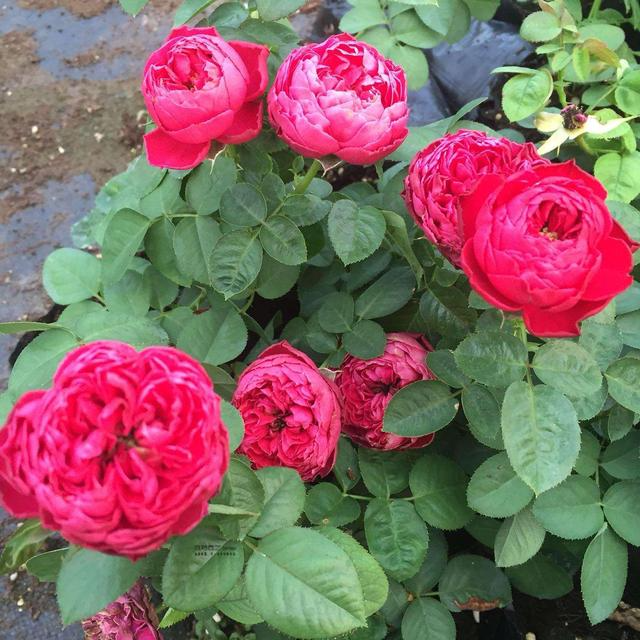
Okay, let’s briefly analyze the adversity of the topic itself.
1. The amount of growth determines whether protected cultivation is needed
Most varieties of the genus Rosa in the Rosaceae family can be propagated by cuttings all year round, but there are seasonal differences in their propagation by cuttings. This difference lies in the fact that the length of the period from the cutting stage to the dormancy stage is directly related to the growth of the plant. Generally, there are the following characteristics
a. The longer the cycle, the greater the growth, the more branches and trunks there are, the higher the aging of the plant, and the higher its resistance. Conversely, the shorter the cycle, the lower its resistance.
b. The seedlings taken from spring cuttings can complete the third level of differentiation by the end of the dormant period, that is, the root system is mature: it has a distinct main root and a certain amount of lateral roots; in the above-ground part, the main trunk is formed, and the secondary and even tertiary branches have evolved and matured. When you buy them home, they can bloom directly the following year.
c. Branches pruned in autumn, or branches grown in autumn, exposed to the open air will not germinate uniformly, with uneven bud growth. Established roots may have just developed and lack a mature root system. New buds will grow small and poorly developed, creating a risk of frost damage during the unknown dormant season. Some weakly germinated seedlings may experience dehydration, stem shrinkage, root rot, and death when temperatures rise in spring. Therefore, protective cultivation should be considered in these situations, including adding a film, building a shed, or transplanting into a pot.
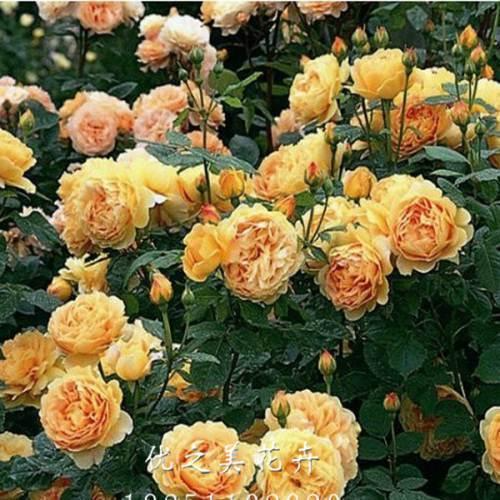
2. Take protective measures for cuttings in winter
The risks of winter cuttings are wind damage and frost damage. Wind damage and frost damage are fatal to rose cuttings in winter and will greatly reduce the survival rate of the cuttings.
In field production, the following measures are generally taken to improve the survival rate.
a. Propagation of seedlings in nutrient pots.
The second propagation of nutrient pots in winter is of great technical significance. As for the East China region where I am located, the winter is cold and rainy, and the original cultivation sites are mostly improved rice fields. In terms of water problems in winter, there is the problem of difficult drainage, and the original soil is heavy and sticky, which is not conducive to the growth of adventitious roots propagated by cuttings. Therefore, the use of nutrient pot technology to propagate seedlings has certain positive significance in improving the survival rate.
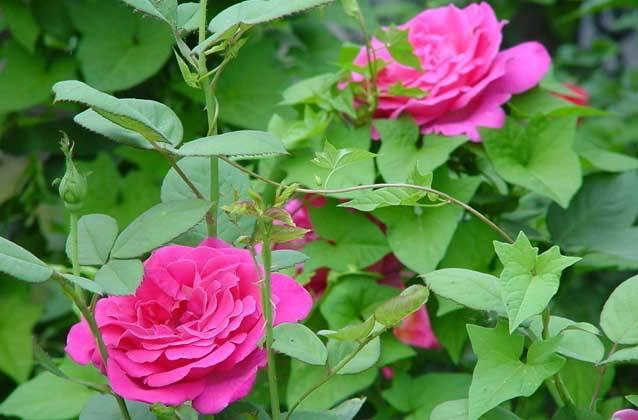
b. Single-layer film technology
The time to choose for rose cuttings in winter should be late rather than early. Generally speaking, it can be started when the average daily temperature is below 10 degrees. Cutting too early may cause germination due to high daily temperature, which will cause the risk of overwintering. When the temperature is below 10 degrees, the potted seedlings with cuttings can be covered with plastic film, with both ends open, to increase ventilation and reduce wind damage and frost effects. Germination occurs in winter, but the roots will rise faster under the action of the film during the day, making it easier for adventitious roots to germinate. Therefore, this can promote the neat germination of potted seedlings in the seedbed after the temperature rises in spring.